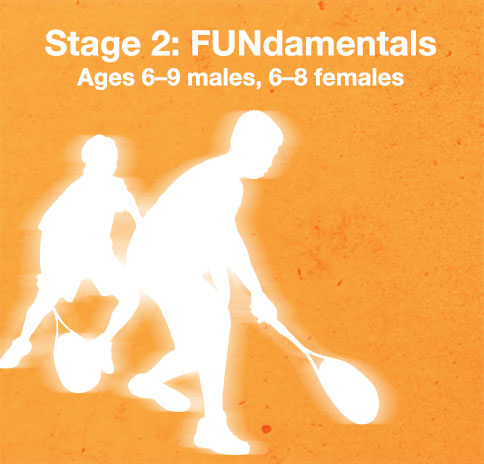
Key Objectives
Fun and participation with emphasis on the development of fundamental movement skills and the ABCs.
Where
Clubs, schools and community recreation programs.
Who
Club coaches/professionals, teachers and community recreation instructors.
Total Hours Training & Competition
Participate in daily unstructured physical activity. Participate once for twice a week in preferred sport (if one exists) but also participate in many other sports 3 to 4 times
a week.
___________________________________________________________________________________________________________________________________________________
[/full_width][one_half]
Training to Competition Ratio
• No specific ratio. Children should be encouraged to compete with themselves (e.g., how many in row? Keep a rally going for a specified time period, hit targets for points, etc.). Children should also participate in a number of sports to help develop all fundamental movement skills, and they should also have daily unstructured physical activity.
Periodization
• No formal periodization. Activities should be planned around the school year to include camps during summer and winter holidays.
Technical
• Develop the fundamental movement skills through a variety of activities.
• Emphasize fun and the ABCs (Agility, Balance,Coordination, Suppleness).
• Develop striking skills.
• Introduce sport numeracy through a scoring system (e.g., points for hitting targets).
• Focus on developing physical literacy by emphasizing fundamental movement skills and fundamental sport skills.
Tactical
• Introduce the main tactic in squash – take away time and space.
Physiological/Physical
• Physical growth is relatively constant, but noticeably slower than the Active Start stage.
• Coordination improves steadily and the nervous system continues to develop rapidly (slowing towards the end of this stage).
• Although aerobic metabolism is primary, low endurance is prevalent in the early part of this stage (but improves noticeably)
.• Anaerobic capacity is very limited, and heart rates are significantly higher than adults at all levels, including rest.
• Thermoregulatory control is poorly developed and children are not equipped to deal with hot or cold environments well.
• Skeletal system continues to be fragile with poor loading tolerance.
• Measurable ‘reaction time’ performance is below that of adults, although coordinated movement speed improves.
• Strength and strength endurance capability rise largely due to nervous system development and coordination improvements.
• There is little potential for hypertrophy (muscle mass increase), so there is no need for formal resistance training programs.
Psychological
• Present young players with the idea of the mind/body connection.
• Introduce the concept of mental skills and their importance in sport.
• Utilize simple, fun activities that focus on controlling anxiety, increasing relaxation, and energizing oneself.
• Use questioning strategies that encourage athletes to use imagery to develop an answer (e.g. what is likely to happen when you hit specific shots from specific parts of the court?).
• Parents and coaches should act as role models to support the learning and use of mental skills.
Ancillary Skills
• Parents and caregivers should concentrate on providing sound nutritious foods and adequate water intake.
• Age-appropriate (practical and fun) nutrition education should be encouraged.
• Players should be introduced to warm-up and cool-down, as well as the need for recovery (sleep).
Competition
• Children play modified game formats that are fun and relevant to their stage of physical development such as Big Hand and Mini Squash (balls, half court, and racquets, with modified scoring). Skill awards can be used to reward player performance.
[/one_half_last][full_width] [/full_width]

